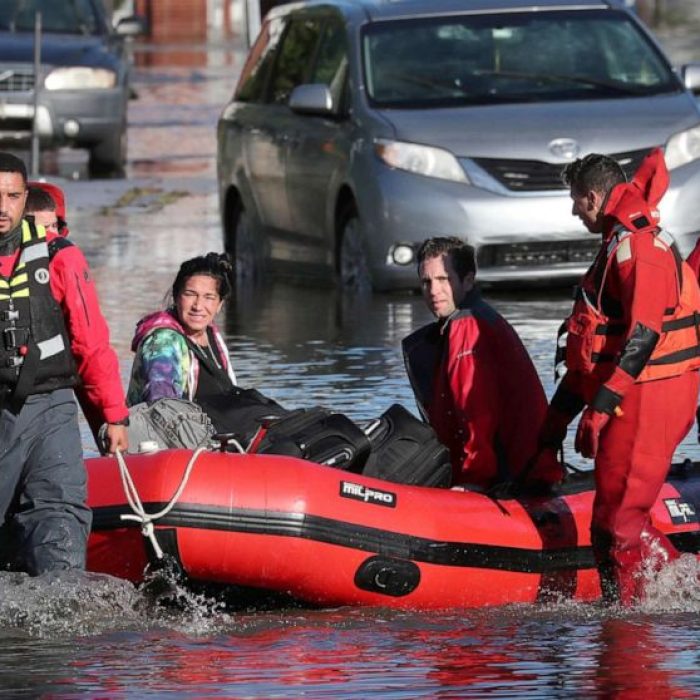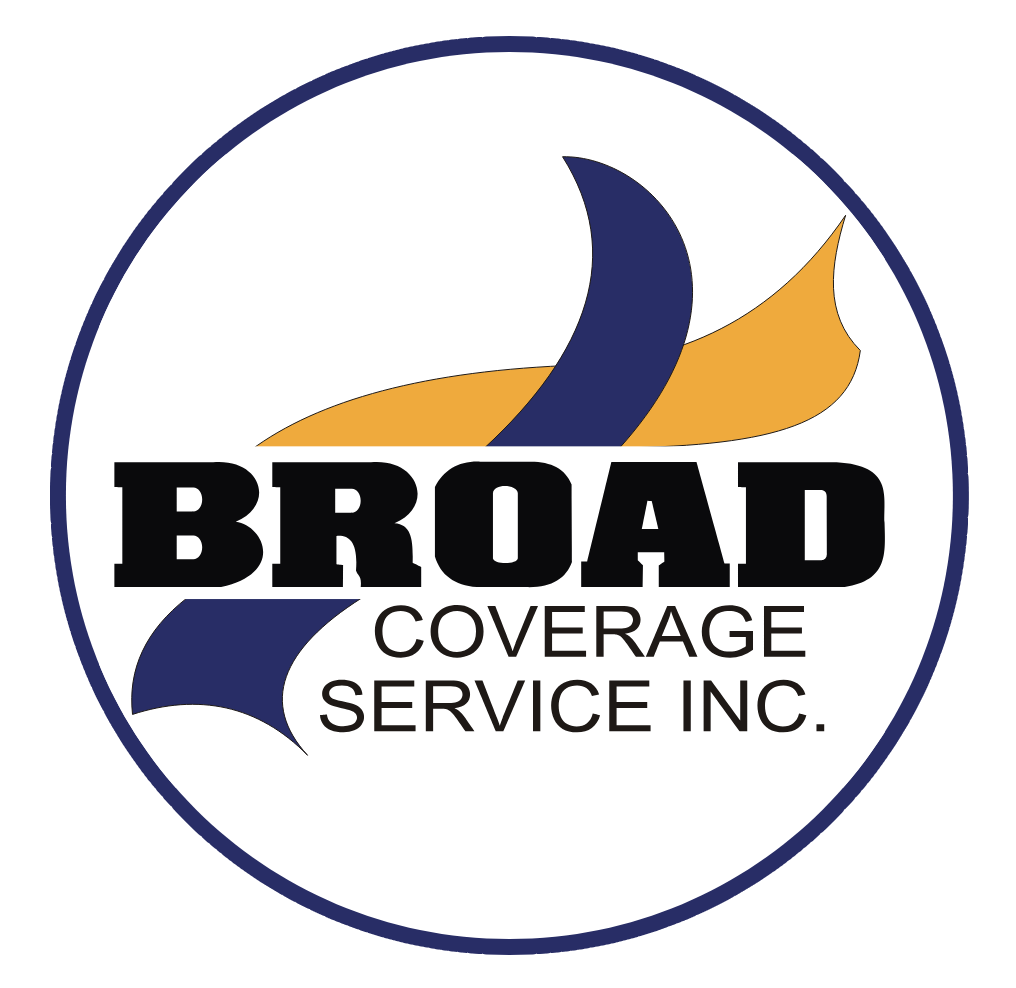New Orleans firefighters assess damages as they look through debris after a building collapsed from the effects of Hurricane Ida, on August 30, 2021, in New Orleans, La.
With more than one million homes and businesses without power across Louisiana, assessing the damage from Hurricane Ida will definitely take some time. The Category 4 hurricane made landfall near Port Fourchon, La., on August 29, approximately 40 miles away from where Hurricane Katrina had landed just 16 years earlier.
Preliminary damage estimates of uninsured losses in Louisiana, Mississippi, and Alabama will be approximately $19 billion, according to CoreLogic, which pegs total losses (insured and uninsured) somewhere between $27 and $40 billion. Ninety percent of the losses are expected to be found in Louisiana, where nine parishes were severely impacted.
On the island of Grand Isle, La., 100% of the structures were damaged, and 40% are considered uninhabitable. A series of breaks in the levee on the Gulf side of the island pushed three feet of sand across the island. Jefferson Parish, where Grand Isle is located, is still under a 6 p.m. to 6 a.m. curfew, and Lee Sheng, president of the parish, is urging any remaining residents to leave the area.
Where does this leave business owners who are trying to determine the scope of damage and how it will affect their ability to reopen?
Kenneth Tolson, president of Network Solutions for Crawford & Company, advises, “The first priority is the safety and security of your employees. We see that across all businesses, large and small.”
After ensuring that everyone is safe, Tolson recommends protecting the company’s assets. This can be through temporary repairs, boarding up exposed structures and documenting the condition of the property by whatever means necessary. “Your smartphone is your best weapon,” he shares.
Lance Ondrej, executive vice president and chief claims officer for Germania Insurance, believes that securing facilities before a hurricane is important and finds that “it is also a good idea to have contact with a local restoration service which can perform emergency repairs in the event buildings are damaged. This will prevent the facilities from being further exposed to the elements or even looting.”
Reporting the loss to the insurance company after the hurricane is critical. “Typically, claims can be reported via the internet, by phone or even through a smartphone application,” says Ondrej.
Insurers like Chubb provide a variety of tools and resources on their websites to make the claims reporting process easier for policyholders. “Chubb’s broad network coupled with local expertise means that we have the claims resources to monitor and respond to catastrophic events anywhere in the world, and we prepare for events of all sizes year-round,” says Adrienne Woodberry, senior vice president, field property claim leader for Chubb, in a statement to PropertyCasualty360.com. “We want our clients to focus on staying safe and getting back to normal as quickly as possible. And after an event, our dedicated CAT team takes our on-the-ground learnings to continuously improve our readiness for the next one.”
Create a to-do list
In the aftermath of the hurricane, The Hanover offers this checklist to ensure nothing important is missed.
- Stay informed: Monitor the news to determine when it is safe to return to your business.
- Reconnect with employees: Check in with your employees to make sure they are accounted for and provide any possible recovery assistance.
- Assess and document damage: Take detailed photos and videos of damage to the building and inventory for documentation before clean up. Save receipts for expenses or repairs that need immediate attention for reimbursement. Check all utilities and turn them off if you suspect damage. Do not turn them back on yourself. Typically, you can turn your gas and water shut-offs with the same wrench. In case electric wires are shorting or if you suspect there is damaged or wet wiring, turn off the main switch. Stay away from damaged or weakened walls, and wear shoes around all debris.
- Stay secure: If your business is unable to open due to damage, consider hiring a security service to help prevent possible theft and looting.
“It’s important to contact your insurance company or independent insurance agent as soon as possible so they can help get your claim filed and get your business back up and running,” notes Mark Welzenbach, executive vice president and chief claims officer at The Hanover Insurance Group. “Technology has made it easier than ever for businesses to document and share information for a claim. One example is recording a short video on your phone of any damage to help expedite the claims process.”
Tolson also stresses the importance of mitigating the damage to prevent further losses. “If you need to start drying out your property, do so. Just document the condition prior to this, and your carrier and adjuster will work with you on the condition you are starting from. With prolonged power outages come prolonged damp conditions — so mold will be the enemy. It is important to get interior spaces drying as soon as possible.”
Factors affecting BI claims
Once owners can re-enter their businesses to assess and mitigate the damage and collect information for their claims, there are several factors to consider as part of the process. With power out across much of the state of Louisiana, “any sustained and indemnifiable loss will likely need the ‘traditional’ 72-hour waiting period before the business interruption clock starts ticking,” details Anthony Natole, managing principal of Risk Accountants.
He also recommends that insureds have “at least the last year or two’s tax returns, monthly profit & loss statements, and hopefully daily sales records, if applicable.” Among the other records to gather are occupancy reports for hotels, production records for manufacturers, and revenue collection records for businesses such as doctors’ offices and apartment buildings because they can help establish a business interruption loss.
Taking into account that the pandemic had a significant impact on business revenues, Natole suggests that the three prior months of daily sales records may be the most applicable basis for measuring a sustained business interruption loss. He also advises owners to document any atypical, abnormal or excessive costs incurred as a result of the hurricane.
Technology will play a major role in the claims process following Hurricane Ida. From drone technology to touchless claims, InsurTech will be critical to keeping insureds in contact with carriers, helping them file claims and follow them through the process, and even make payments easier, particularly for owners who no longer have a physical business address.
A new survey commissioned by digital payment processing firm VPay found that 50% of all property and casualty payments are still processed on paper, despite many insurers utilizing some aspect of digital payments. Since payments are a key factor in customer satisfaction, finding an efficient way to process and pay claims to policyholders quickly following Hurricane Ida will be vital to helping them rebuild.
The recovery from Hurricane Ida will be measured in months and possibly years. For insurers, this will mean using every tool available to ensure that policyholders can reopen and resume operations as quickly as possible.








